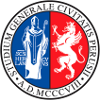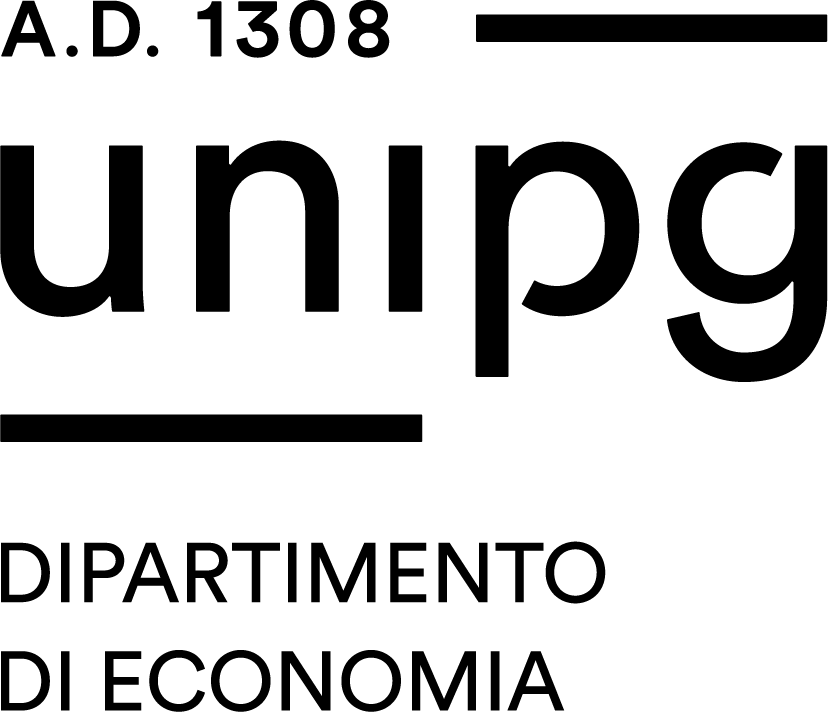Study-unit MACHINE DESIGN
| Course name | Mechanical engineering |
|---|---|
| Study-unit Code | A003616 |
| Curriculum | Comune a tutti i curricula |
| Lecturer | Filippo Cianetti |
| CFU | 12 |
| Course Regulation | Coorte 2023 |
| Supplied | 2025/26 |
| Type of study-unit | Obbligatorio (Required) |
| Type of learning activities | Attività formativa integrata |
| Partition |
| Code | A003618 |
|---|---|
| CFU | 6 |
| Lecturer | Filippo Cianetti |
| Lecturers |
|
| Hours |
|
| Learning activities | Caratterizzante |
| Area | Ingegneria meccanica |
| Sector | ING-IND/14 |
| Type of study-unit | Obbligatorio (Required) |
| Language of instruction | Italian |
| Contents | The “Elementi di macchine” module of the “Costruzione di Macchine” course will provide the skills on Connections (non-removable and removable), Transmission by gears. Transmission by belts. Bearings. Shafts. Springs |
| Reference texts | R. C. JUVINALL, K. M. MARSHEK, Fondamenti di Costruzione di macchine, ed. Città Studi. ISBN 9788825174137 J. E. SHIGLEY, Mechanical Engineering Design, Mc. Graw Hill |
| Educational objectives | Knowledge will be provided on the main elements of machines used in the design of mechanical systems and on the methodologies of design, selection and verification. At the end of the module, students will be able to design, select and verify the main elements of machines used in the construction of simple mechanical systems. |
| Prerequisites | In order to understand and be able to apply most of the techniques described in the course, preliminary knowledge of “Disegno di Macchine”, “Tecnologia Meccanica”, “Fondamenti di Meccanica delle Strutture”, “Meccanica Applicata alle Macchine” is required. |
| Teaching methods | The module is organized in: • classroom lectures during which the topics covered in the course are addressed. • classroom exercises consisting of carrying out design examples and verifying simple case studies. All the teaching material used during the course is available through the Unistudium platform. |
| Other information | Further information is available through the Unistudium page of the course. The teacher is available for consultations at the end of each lesson; consultations with the teacher in person or through the Microsoft Teams platform can also be arranged at other times. |
| Learning verification modality | The exam for the “Costruzione di Macchine” course, of which this module is the second part, consists of two parts: • a written test (duration 120'); • an oral test. The written test is aimed at verifying the ability to apply some of the methodologies acquired in class. The oral test is aimed at verifying knowledge of all the topics covered. Unless otherwise stated, the two tests take place on the same day (see exam calendar), one after the other. The written test is considered passed if the evaluation is higher than or equal to 18/30. Those who pass the written test are admitted to the oral test. The written test, evaluated positively, is not considered and kept valid for subsequent exam sessions if the student does not pass the oral test. |
| Extended program | Connections. Principles of loads transfer. Non-removable connections. Nailed connections. Threaded connections and operating screws. Welding. Removable connections. Forced connections. Hub shaft connections with keys and splined couplings. Transmission by Gears. Principles. Tooth fatigue calculation. Tooth wear calculation. Belt transmission. Rolling bearings. Types and choice of rolling bearings. Shaft. Design criteria. Springs |
| Obiettivi Agenda 2030 per lo sviluppo sostenibile | • Goal 4: Quality education • Goal 9: Industry, innovation and infrastructure |
| Code | A003617 |
|---|---|
| CFU | 6 |
| Lecturer | Filippo Cianetti |
| Lecturers |
|
| Hours |
|
| Learning activities | Caratterizzante |
| Area | Ingegneria meccanica |
| Sector | ING-IND/14 |
| Type of study-unit | Obbligatorio (Required) |
| Language of instruction | Italian |
| Contents | The “Principi di progettazione” module of the “Costruzione di Macchine” course will provide skills on Stochastic Analysis, on the behavior of Materials, on Statics and on Statics Complements, on Static and Fatigue stress conditions. |
| Reference texts | R. C. JUVINALL, K. M. MARSHEK, Fondamenti di Costruzione di macchine, ed. Città Studi. ISBN 9788825174137 J. E. SHIGLEY, Mechanical Engineering Design, Mc. Graw Hill |
| Educational objectives | Knowledge will be provided on the methods of schematization of simple mechanical systems and on those for the evaluation of the stress state. Knowledge will also be provided on the mechanical properties of materials and the methods for the design and verification of components subjected to static and fatiguing loads. At the end of the module, students will be able to apply design principles to individual machine components, understand and assemble components to obtain the design of machines and assemblies. |
| Prerequisites | In order to understand and be able to apply most of the techniques described in the course, preliminary knowledge of “Disegno di Macchine”, “Tecnologia Meccanica”, “Fondamenti di Meccanica delle Strutture”, “Meccanica Applicata alle Macchine” is required. |
| Teaching methods | The module is organized in: • classroom lectures during which the topics covered in the course are addressed. • classroom exercises consisting of carrying out design examples and verifying simple case studies. All the teaching material used during the course is available through the Unistudium platform. |
| Other information | Further information is available through the Unistudium page of the course. The teacher is available for consultations at the end of each lesson; consultations with the teacher in person or through the Microsoft Teams platform can also be arranged at other times. |
| Learning verification modality | The exam for the “Costruzione di Macchine” course, of which this module is the first part, consists of two parts: • a written test (duration 120'); • an oral test. The written test is aimed at verifying the ability to apply some of the methodologies acquired in class. The oral test is aimed at verifying knowledge of all the topics covered. Unless otherwise stated, the two tests take place on the same day (see exam calendar), one after the other. The written test is considered passed if the evaluation is higher than or equal to 18/30. Those who pass the written test are admitted to the oral test. The written test, evaluated positively, is not considered and kept valid for subsequent exam sessions if the student does not pass the oral test. |
| Extended program | Introduction. Aspects and structure of the course. Stochastic analysis. Introduction to the concepts of probability and reliability. Definition of safety coefficients. Materials. General information and reminders on the characteristics and properties of metallic materials. Static. Isostatic structures. Stress characteristics. State of stress of the beams. Checking the sections. Statics Complements. Hertzian contact. Eulerian instability. Curved beams. Deformations and stiffnesses. Static stress conditions. States of concentration of efforts. Strength criteria for yielding and breaking of ductile and brittle materials. Fatigue stress conditions. Fatigue behavior of materials. Factors that influence the fatigue resistance of organs and machines. Reliability in fatigue. High cycle fatigue design. Damage accumulation and load spectra. Hertzian fatigue. |
| Obiettivi Agenda 2030 per lo sviluppo sostenibile | • Goal 4: Quality education • Goal 9: Industry, innovation and infrastructure |


